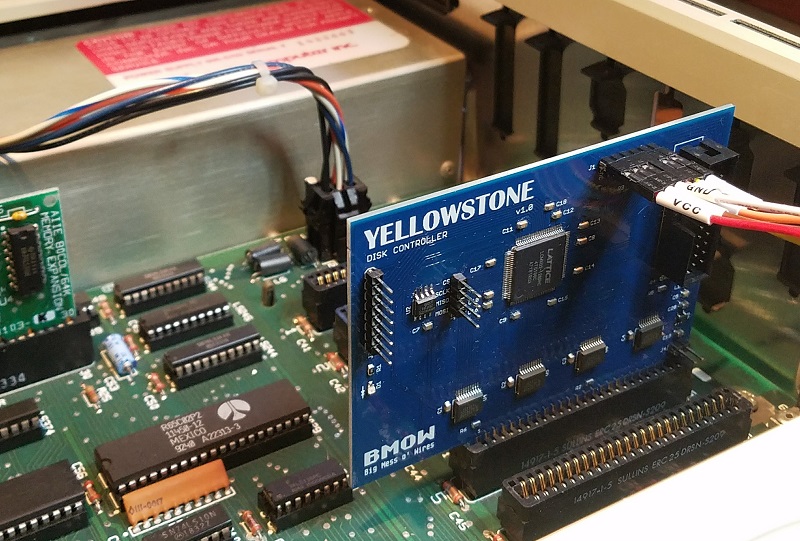
There are a few ways that I could achieve this with parts which I have on-hand, such as a SN74AC573 latch, or the 65C22. The second idea I looked into was sampled audio, which would require me to latch 8-bit audio samples a few thousand times per second, and then use some resistors to build a digital-to-analog converter. I have other plans for that output, which is the reason I haven’t used it for sound. The first was to utilise its 65C22 chip, which can be set to output a square wave on its PB7 pin. There are two other methods which considered for adding beeps to this computer. If I ever do a second revision of this computer board, I’ll most likely add a speaker as an on-board peripheral, using a 74LS74 instead of the counter.

#APPLE2 6502 EMULATOR TEXT BASED CODE#
I’ve already started adding clicks and beeps to assembly code while testing, and my immediate plan is to add a separate startup beep for each of the two boot ROM’s. I was then able to produce a beeping sound by reading a memory address in a loop, just as you could on the Apple II. The circuit on the breadboard is wired up like this: The Apple II used a 74LS74 dual D flip flop IC for this, which I don’t have in my inventory. To produce a beep, I wanted a square wave with a 50% duty cycle. I wrote a bit about in an earlier blog post.įrom BASIC (yes, this computer runs BASIC), I can read from this address and produce a click. The input is IO2, which works out to address $8800 in my computer’s memory map. This is so simple that it is almost not worth diagramming, but here goes: I first connected the buzzer directly to one of the spare address decoding outputs of my computer. I decided to use a piezo buzzer, which can be driven directly from an IC pin, simplifying things greatly. This should be easy for me to implement, since I have spare address decoding outputs on my computer. This is fed to a flip-flop, which will toggle each time this happens, driving a speaker.


It is normally high, but is low for half a cycle each time that memory address $C030 is accessed. The linked book does a good job of explaining the details, but the important part for this blog post is simply that Z3 is an address decoding output. This is my attempt to re-draw the relevant part of the schematic, which I found in a 1983 publication called The Apple II Circuit Description. I did a bit of digging into the subject, and found quite possibly the world’s worst sound card, in the Apple II. I am not attempting to produce any 8-bit music, but I would like to be able to write programs use beeps and clicks to provide feedback, instead of only text. I recently built a computer from scratch, and wanted to add some basic sound output.


 0 kommentar(er)
0 kommentar(er)
